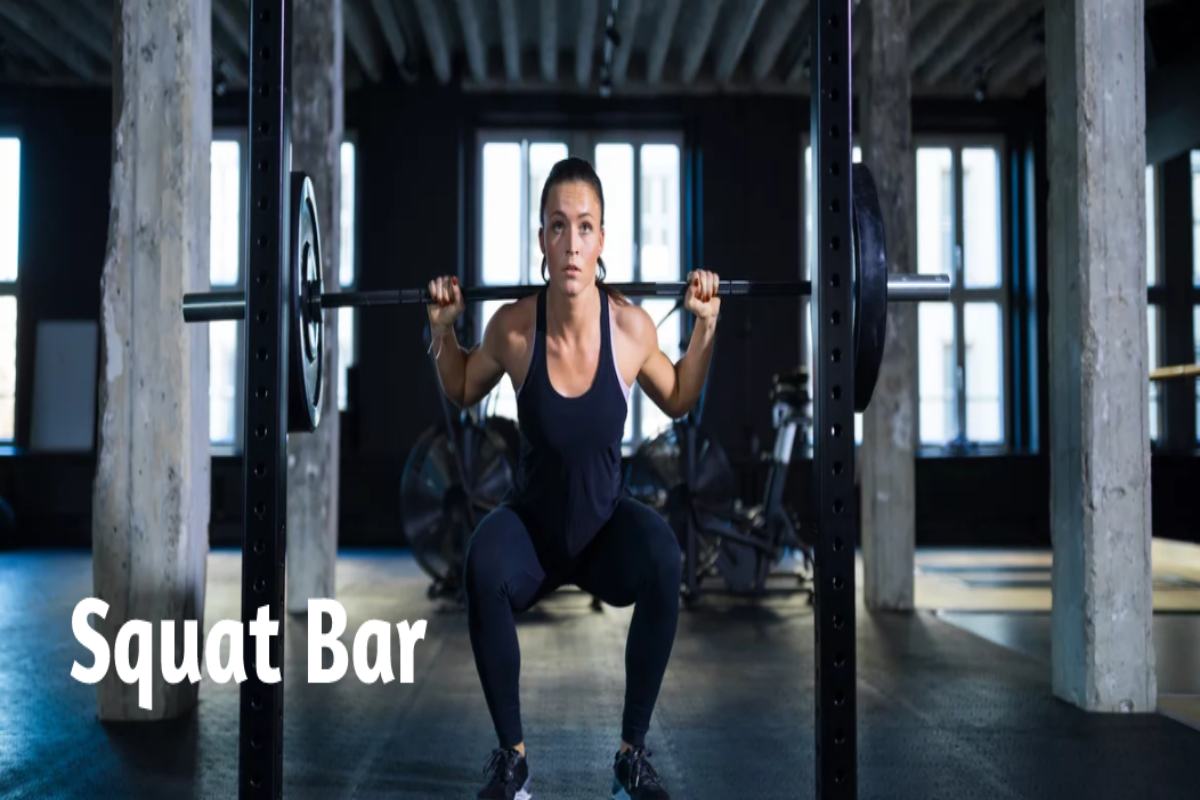Table of Contents
What is the Squat Bar
Squat bar is one of the best valuable exercises and are great for developing your glutes and toning your legs, especially barbell squats; that’s why everyone does them. But if you’re a beginner or think you’re not doing them right, you may risk injuring your knees and back.
In this guide to doing barbell squats, in addition to teaching you how to do them correctly, we will give you some tips and suggestions to master the technique in a few simple steps. You will also learn how to do other squat bar variations and the benefits they will provide you on a physical level.
What Is A Squat?
Squats can do in various ways, from barbell and dumbbell variations to Smith machine squats, and you can include them in any leg routine or lower body workout.
In this guide, we are successful in focusing on barbell squats. This exercise engages most of your body, especially your glutes, hamstrings, and quads, so make sure you use the correct posture and technique.
If squats do not perform correctly, their stress on the lower back can cause injury. And also search Toned Legs
Benefits Of squat bar And Muscles Involved
the squat bar is a suitable exercise for anyone looking for muscle growth and definition because they engage more muscles than any other. They engage the quads, hamstrings, glutes, and core, helping to increase strength and improve physique. Therefore, squats in your workouts will help you harden, tone, and define your legs.
If squats will not perform correctly, excess stress can be placed on the lower back, leading to injury. The two most common reasons for back injuries from barbell squats are lifting too much weight and leaning too far forward because the stress is on your back, not your legs and hips. And also search Slim Body
Common Mistakes And How To Fix squat bar
Not Going Down Enough
It can be a common mistake for beginners or people who carry a lot of weight. Not going down enough in the squat bar affect muscle activation since the involvement of the glutes, hamstrings, and quadriceps will be minimal.
Make sure that your thighs are similar to the ground on the way down because this ensures the activation of the glutes and that the quadriceps and hamstrings do their job correctly.
1. Lift Your Heels Off The Ground
It’s essential to make sure your heels are flat on the ground during a squat bar to balance your weight and spread the load evenly. Simply lifting your heels off the ground can direct weight onto your quads and put excessive pressure on your knees.
If you lift your heels during barbell squats, you may need to spread your legs wider and stick out your glutes and chest more.
2. Valgus Knee
If your knees turn in while you’re squatting, that will expose the joint to a very insecure posture and exponentially increase your risk of injury.
Knee valgus may be caused by trying to lift too much weight, tiredness, and fatigue, or because your body will not use to squatting.
Make sure you’re lifting an appropriate weight that allows you to perform a squat bar with perfect technique. Then, if you need it, you can use the smith machine to perfect the method.
Conclusion
As mentioned in this fantastic How Systemic Enzymes Enhance Recovery guide, squat bar are one of the most effective and intense exercises you can do. In addition, it is one of the best lower body exercises that also help increase overall strength and fitness.
If you don’t squat bar regularly, don’t be in a hurry and use light weights to familiarize yourself with the technique. The other variants we have seen are good alternatives.
When you feel more confident and comfortable with the exercise, gradually increase the weight and use a 5×5 strength routine, which will help you improve your overall strength.
By the time barbell squats are part of your regular leg routine, you can do them twice a week or even more, contingent on how often you train and what kind of routine you do.

